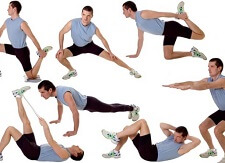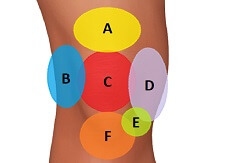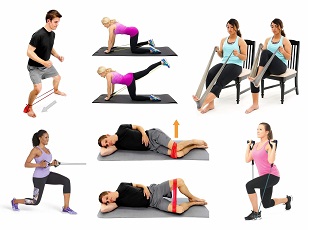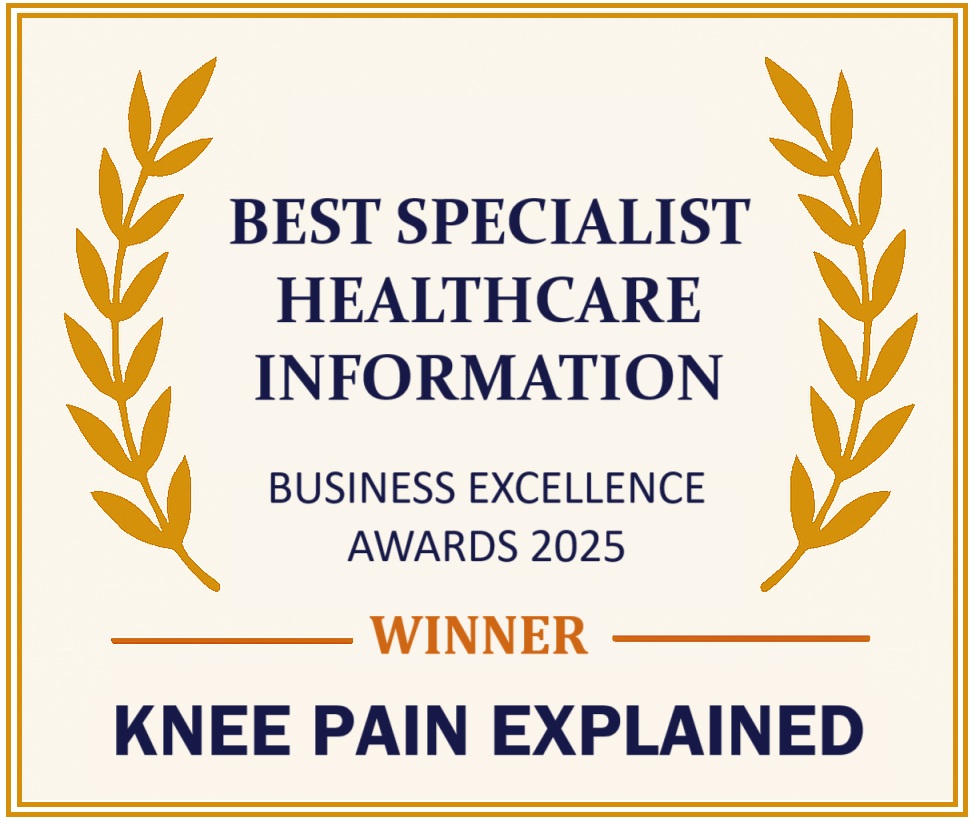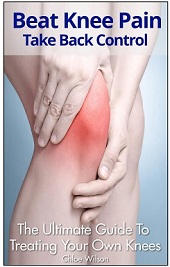- Home
- Knee Exercise Guide
- Knee Stretches
Knee Stretches
Written By: Chloe Wilson, BSc(Hons) Physiotherapy
Reviewed by: KPE Medical Review Board

Knee stretches are a vital part of any rehab programme for knee pain.
Tight muscles change how forces go through the knee, making knee pain much more likely.
Let me give you an example. Tight quads will pull on the knee cap, causing it to shift slightly. This exposes it to greater forces and friction often causing problems such as Chondromalacia Patella.
Each muscle has an optimum length. Muscles are made of filaments that overlap with each other, like interlocking fingers. If a muscle is tight, the fibres overlap too much and as a result lack flexibility, which limits the amount of movement at the knee.
Here we will start by looking at how to tell if your muscles are tight and then go on to talk about how to stretch safely. We will also look at how you can get the maximum benefit for the least effort when doing knee stretches.
If you want to jump straight to knee stretches for specific muscles, chose from the following: Quads, Hamstrings, Calves, Glutes (Buttocks), Piriformis or Iliotibial Band (ITB) stretches.
Do I Need To Do Knee Stretches?
The best way to tell if you need to do knee stretches because of muscle tightness causing or contributing to your pain is to see a physical therapist who can fully assess you. However there are some simple tests you can try at home that will give you an indication of any tightness in the quads or hamstrings so let's start there.
Are My Hamstrings Tight?
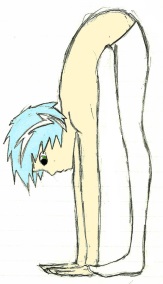
- Simple Test: When standing, try and touch your toes
whilst keeping your knee straight. If you can, you probably don’t have
tight hamstrings, if you can’t then you probably need
Hamstring stretches.
- More Specific: Lie on your back and lift your leg up so your hip is bent 90°. Then, keeping your hip still, raise your foot and straighten your knee as much as you can. A woman should be able to get her knee within 20° of fully straight, and a man within 30°. If you can’t get your knee that straight, you most likely have tight hamstrings.
Are My Quads Tight?
- Simple Test: lie on your tummy on a firm surface.
Bring your heel towards your bottom. If you can touch your bottom with
your foot (or nearly can) your quads are probably fine. If you can’t,
they are probably tight and would benefit from
Quads stretches.
- Pro Test: Sit on the bottom edge of a bed. Hug your good knee into your chest, leaving your other leg relaxed. Slowly lean backwards until you are lying down on your back. Let your free leg relax and hang down off the bed and see how much the knee bends without you pushing it. If it bends less than 90°, you probably have tight quads.
Getting the Best Results
With knee stretches, it really is a case of "no pain, no gain". Stretching effectively should be moderately uncomfortable, i.e. slightly unpleasant, when you do it, but only in the muscle being stretched, and the pain should stop as soon as you stop stretching.
If you feel nothing or only slight discomfort when doing knee stretches, the exercise will likely not be very effective – you need to push it a bit further. However, if you have damaged a muscle e.g. quads tear, you should NOT start stretching too early – wait until you can use the muscle without pain before starting knee stretches.
How Much Should I Stretch?
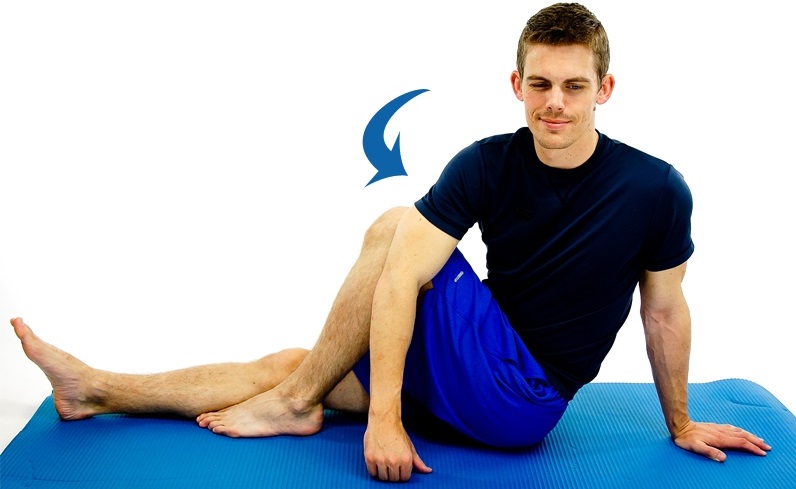
There has been lots of research into the most effective way to stretch i.e. the minimum effort for the maximum benefit, and the conclusion is:
- Hold the stretch for 30 seconds
- Repeat the stretch 3 times
- Do the exercise 1-2 times daily
How Do I Do Knee Stretches?
Knee stretches will be done differently depending on which muscles you are focused on lengthening:
- Quads Stretches: for tight muscles at the front of your thigh
- Hamstring Stretches: to stretch the muscles on the back of your thigh
- Calf Stretches: for the muscles on the back of your lower leg
- Glutes Stretches: to stretch you buttock muscles
- ITB Stretches: stretch the iliotibial band on the outer side of your thigh
- Piriformis Stretches:for the common issue of deep buttock tightness
Simply choose the muscle group you want to start with from this list and you will find a whole range of knee stretches to start working on. Stretching exercises have been proven to help decrease knee pain and reduce the chance of injury so are well spending time on.
Stretching vs Strengthening
People often make the mistake of starting by stretching their knee muscles rather than strengthening them. When there is muscle weakness, the other muscles around the knee try to compensate and provide stability themselves by tightening up to control knee movement.
If you carry out knee stretches without first strengthening the muscles, you can actually cause more knee problems as you are taking away your body’s support structure making the knee less stable and putting more force through it.
Therefore, I often advise people to start with
knee strengthening exercises
and then after a couple of weeks, add in knee stretches. Ideally, you want to be doing both alongside each other. So don't delay, start today!
Page Last Updated: 11/01/23
Next Review Due: 11/01/25
